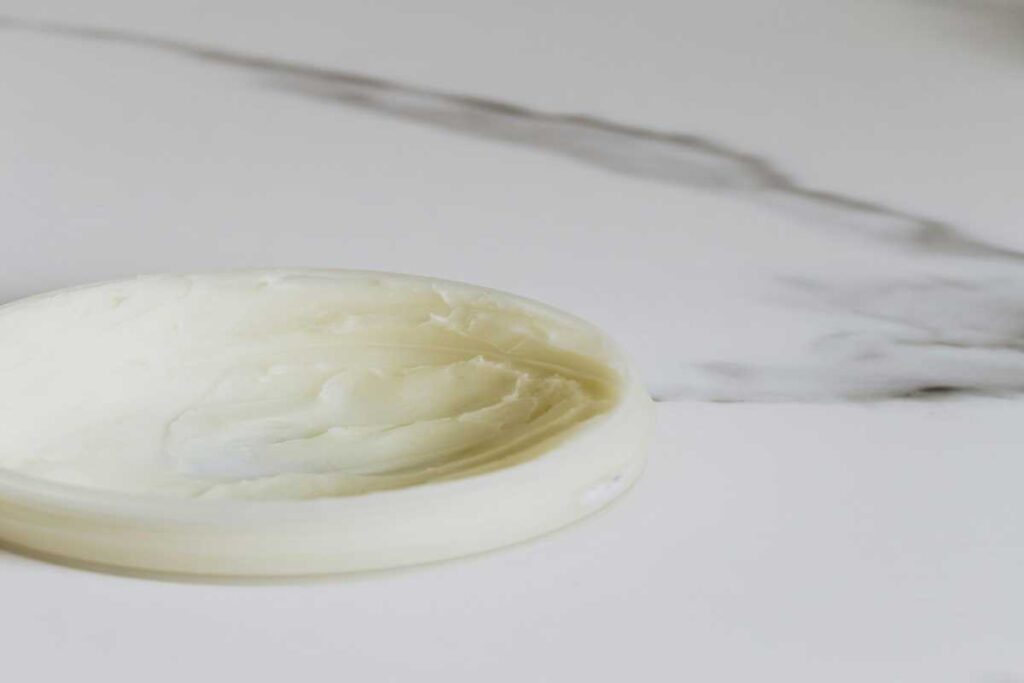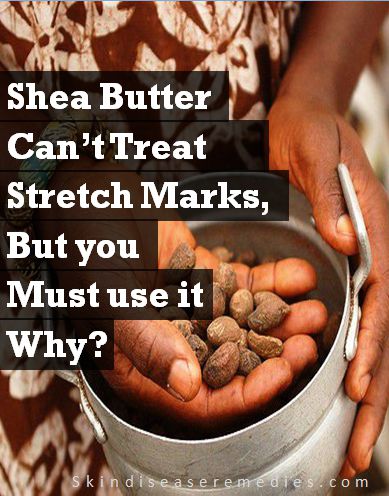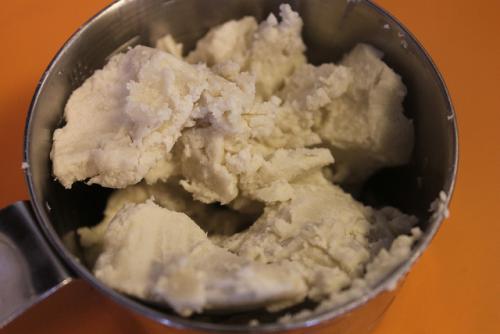Introduction to Shea Butter
Shea butter is a natural fat extracted from the nuts of the shea tree (Vitellaria paradoxa), native to West Africa. Known for its creamy texture and rich nutrients, shea butter has been used for centuries in skincare and cosmetic products. Its impressive moisturizing properties make it a popular ingredient in lotions, creams, and balms. In this blog, we will explore the benefits of shea butter for the skin, how to use it effectively, and any potential side effects.
Benefits of Shea Butter for Skin
- Intense Moisturization
Shea butter is renowned for its ability to deeply hydrate the skin. Its high content of fatty acids and vitamins A and E helps lock in moisture, making it ideal for dry or dehydrated skin. - Anti-Inflammatory Properties
Shea butter contains compounds like cinnamic acid that have anti-inflammatory effects. This makes it beneficial for soothing irritated or inflamed skin conditions such as eczema, psoriasis, and dermatitis. - Rich in Antioxidants
Packed with antioxidants, shea butter helps combat free radicals that can lead to premature aging. Its vitamin E content helps protect the skin from environmental damage and promotes a youthful appearance. - Supports Skin Barrier Function
Shea butter strengthens the skin’s natural barrier, helping to prevent moisture loss and protect against environmental pollutants and irritants. - Improves Skin Elasticity
Regular use of shea butter can enhance skin elasticity, making it particularly beneficial for pregnant women to help prevent stretch marks. - Healing Properties
Shea butter has wound-healing properties, which can assist in the recovery of minor cuts, burns, and skin irritations. - Non-Comedogenic
Shea butter is non-comedogenic, meaning it won’t clog pores, making it suitable for various skin types, including oily and acne-prone skin.
How to Use Shea Butter for Skin
- As a Moisturizer
Apply a small amount of shea butter directly to clean skin after bathing. Gently massage it in until fully absorbed for all-day hydration. - DIY Body Scrub
Mix shea butter with sugar or salt to create a nourishing body scrub. This helps exfoliate dead skin cells while moisturizing the skin. - Lip Balm
Use shea butter as a natural lip balm to hydrate and protect dry, chapped lips. - Massage Oil
Melt shea butter and mix it with essential oils to create a soothing massage oil. - As a Base for Other Products
Incorporate shea butter into homemade lotions or creams by combining it with other nourishing oils like coconut or jojoba oil. - Hair Treatment
Shea butter can also be used on the hair to moisturize and tame frizz. Apply a small amount to the ends of your hair or as a pre-shampoo treatment.
Potential Side Effects of Shea Butter
While shea butter is generally safe for most individuals, some potential side effects include:
- Allergic Reactions
Although rare, some people may experience an allergic reaction to shea butter. Always perform a patch test before using it extensively, especially if you have nut allergies. - Skin Irritation
In some cases, shea butter may cause mild irritation, especially for those with sensitive skin. Monitor how your skin reacts and discontinue use if irritation occurs. - Comedogenic Potential
While shea butter is often classified as non-comedogenic, individuals with very oily or acne-prone skin may find it clogs their pores. Use with caution if you are prone to breakouts.
Conclusion
Shea butter is a versatile and nutrient-rich ingredient that offers numerous benefits for skin health. From its intense moisturizing properties to its anti-inflammatory and healing effects, shea butter can be a valuable addition to any skincare routine. By using shea butter effectively and being mindful of potential side effects, you can achieve hydrated, glowing skin naturally. Whether you choose to use it on its own or as part of your DIY skincare products, shea butter is a time-tested remedy for nourishing and protecting your skin.



